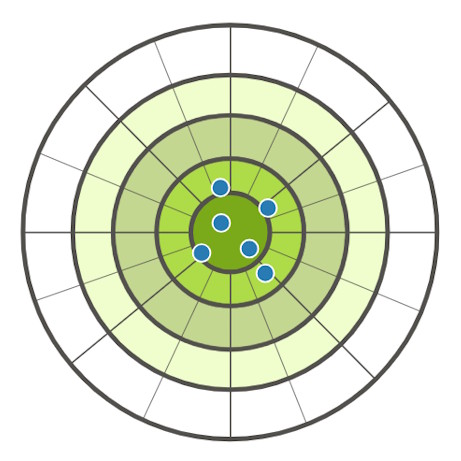Step into the shoes of an explorer mapping out unknown lands, just like the great explorers of the 15th and 16th centuries – think of Vasco da Gama or Christopher Columbus. Every step they took needed careful measurement; too short or too long, and their maps could lead ships astray.
In science, we use two important ideas when measuring: accuracy and precision. Accuracy tells us how close a measurement is to the true value, while precision shows how close repeated measurements are to each other.
In this activity, you’ll test three different scales – one without markings, one perfectly marked, and one incorrectly marked – to see which ones help you be accurate and precise, just like a skilled explorer navigating the seas.
Activity
Requirements
Notebook, book to measure, scale without markings, perfectly marked scale, incorrectly marked scale.
Procedure
-
Take the scale without markings. Choose a book to measure and estimate its length using the scale. Write your measurement in your notebook.
-
Each member of your group should repeat the process secretly, without sharing results.
-
Take the one of the marked scales. Measure the same book carefully and record your measurement in your notebook. Keep it secret until everyone is done.
-
Take the other marked scale. Measure the same book and record your measurement in your notebook, again keeping it secret.
-
Once all measurements are recorded, use a trusted reference (e.g., a teacher-verified scale or the official measurement from a ruler) to find the true length of the book. Record this value.
-
Compare the measurements from the three scales:
-
Which ones are closest to the true length of the book? (accuracy)
-
Which ones are very close to each other, even if they aren’t exactly correct? (precision)
-
-
Discuss and identify which scale was perfect, which was incorrectly marked, and which lacked markings, based on the results.
Observations
| Sr. No. |
Length |
Length |
Length |
|---|---|---|---|
| 1. | |||
| 2. | |||
| 3. |
Reflect and Discuss
-
Which scale gave both accurate and precise measurements?
-
Which scale gave precise but inaccurate measurements?
-
Which scale was neither precise nor accurate?
-
Which of the following is both precise and accurate?
 Egon Willighagen, CC0, via Wikimedia Commons
Egon Willighagen, CC0, via Wikimedia Commons

